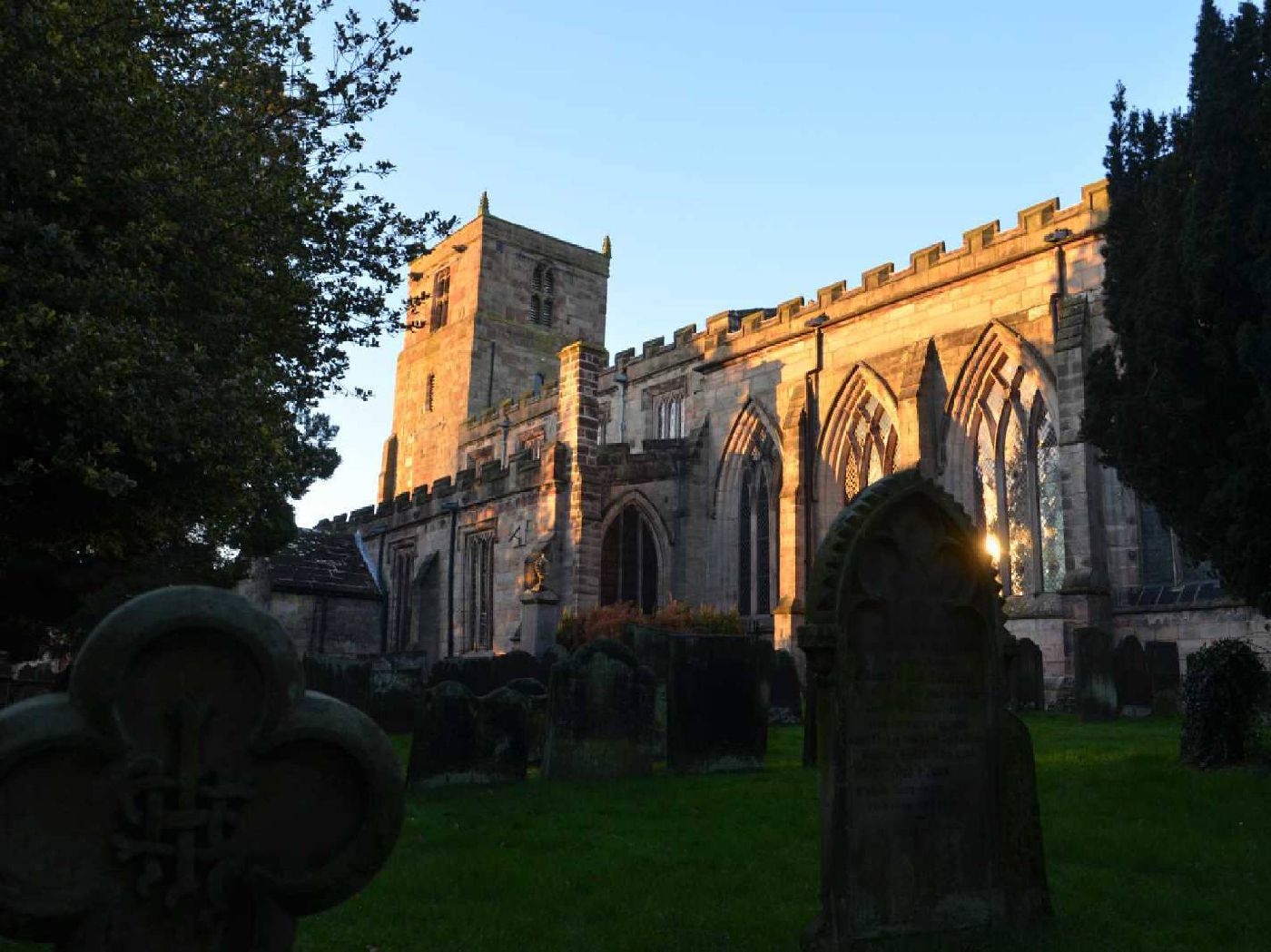
The Church
Church of St. Mary and All Saints.
The church was consecrated in 1196 AD and parts of the present building date from that time although it has been much altered over the years.
.

Church of St. Mary and All Saints.
The church was consecrated in 1196 AD and parts of the present building date from that time although it has been much altered over the years.
.
The tower of the present building dates from the twelfth century. There are six bells in the tower which were cast by Rudhalls of Gloucester in 1761. They were hung on an oak bell frame which dates from Elizabethan times – perhaps around 1575. Over the centuries the frame had deteriorated to the point that it was becoming unsafe to ring the bells and so in 2016 a major restoration project took place and the bells were re-hung on a new steel frame that had been installed in the tower..
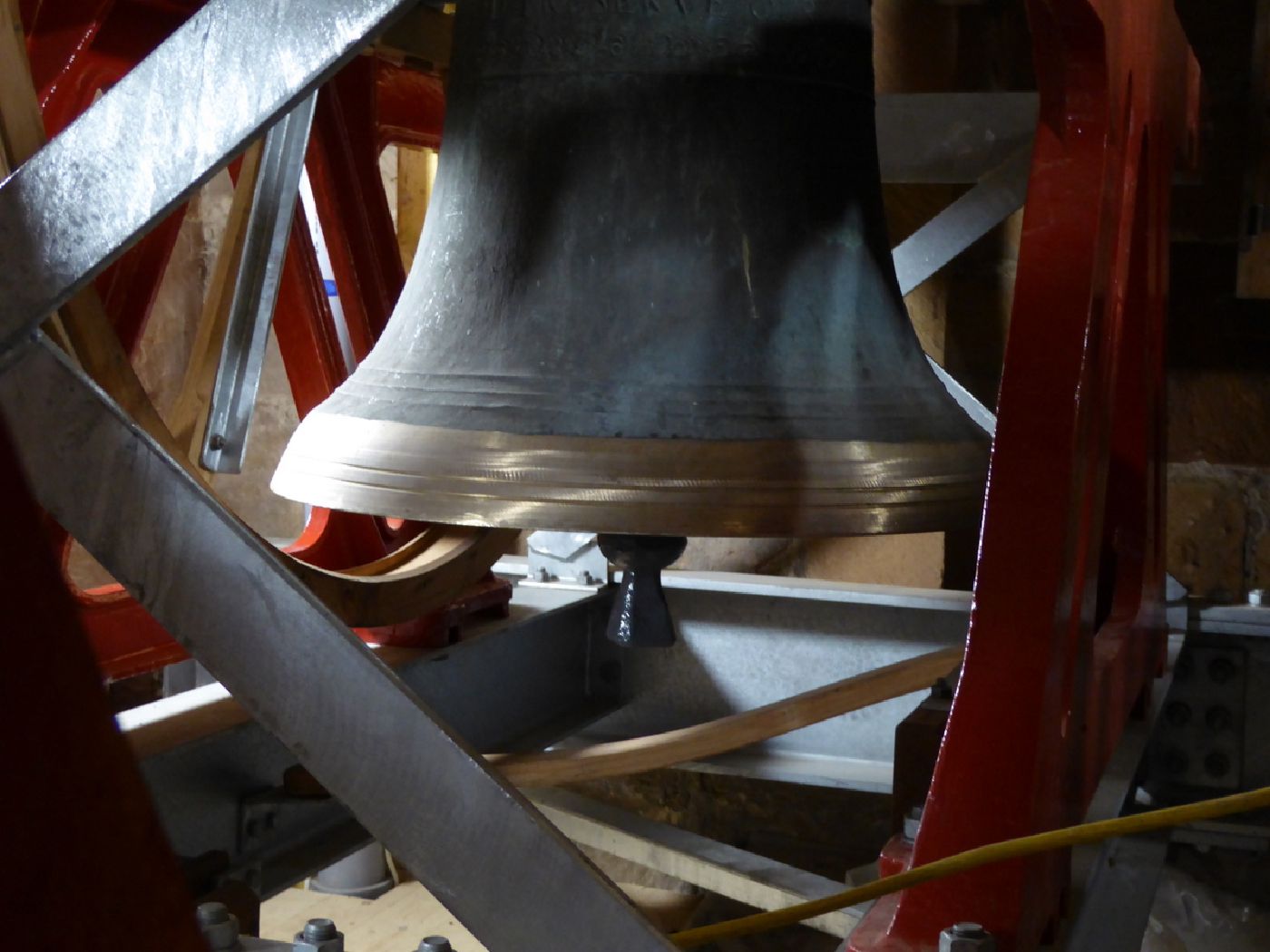
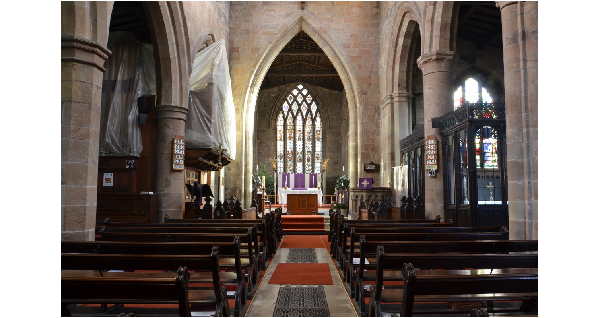
In the interior of the Church there are Norman pillars on the south side of the nave. The small Norman chancel was replaced in 1320 by the larger one, and it is remarkable for the stained glass of its early fourteenth century east window. There are also sixteenth century carved stalls.
Other features of interest are the thousand year old font probably of Norman or Saxon origin. It is decorated with a “Lamb and Altar feature” although some say that the lamb looks more like a donkey! You should also note the seventeenth century roundels in the south window of the chancel.
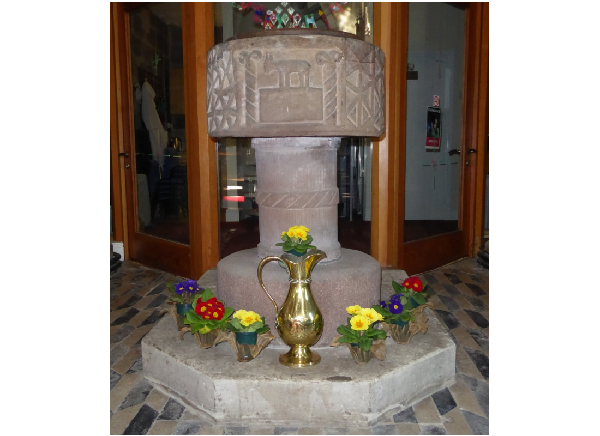
Outside, in the churchyard near the thirteenth century south porch are the remains the three fragments of Saxon cross shafts or preaching crosses as they are sometimes known. Two of them are remarkable for the engraving they contain. Locally it is thought that the crosses mark the place where three Bishops were slain in battle but a more likely explanation is that it was a preaching area, where possibly, St Bertelin, the hermit of Stafford, gave religious instruction.
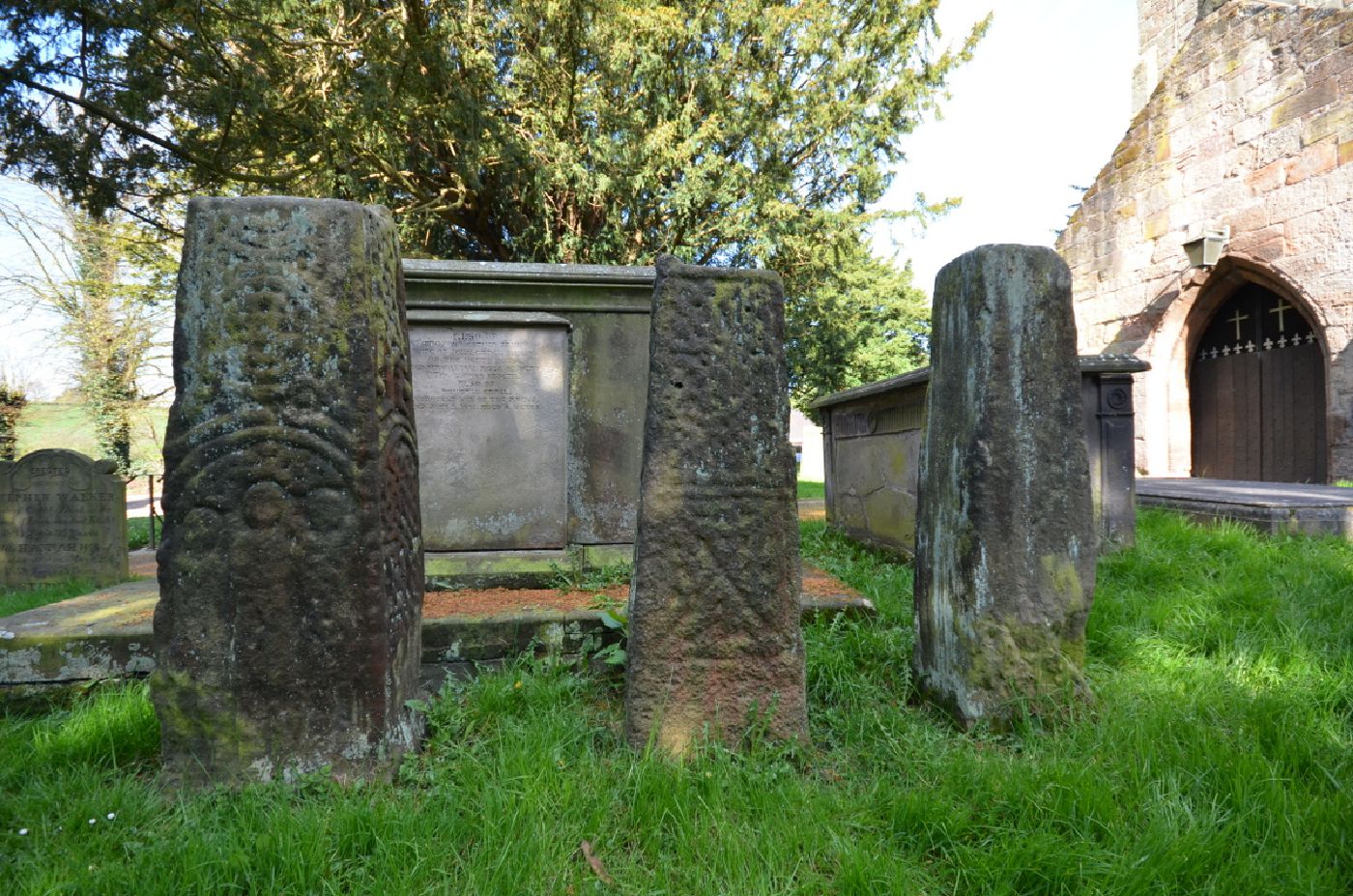
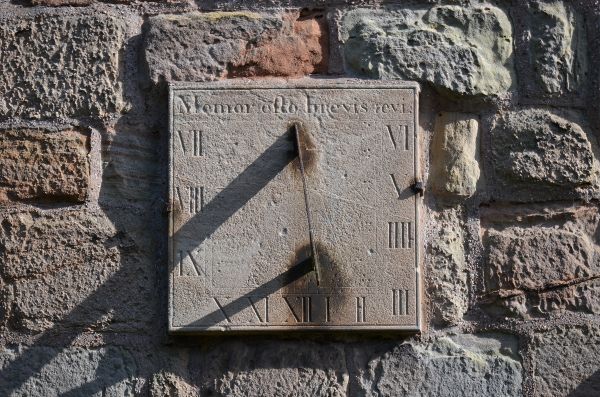
On the wall to the right of the porch is a good example of a “Mass Dial”. This was provided in order to tell the time for the purpose of Mass worship.
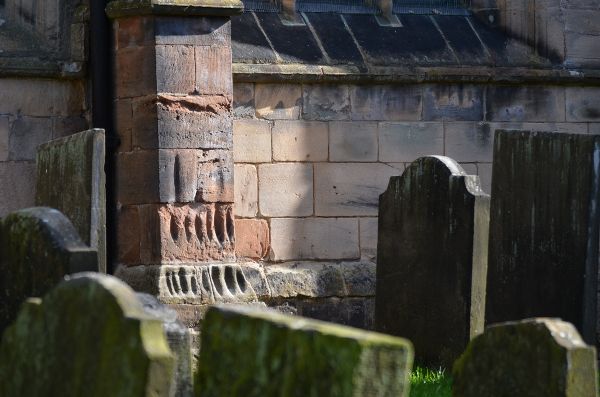
Also on the south wall of the church you can see several of the buttresses have grooves in them which are believed to have been made by archers sharpening their arrow tips while carrying out archery practice as was required by law back in the 14th century.
To the east of the Church, in the extension to the churchyard, stands the monument erected by public subscription to commemorate the Golden Jubilee of Queen Victoria in 1887.